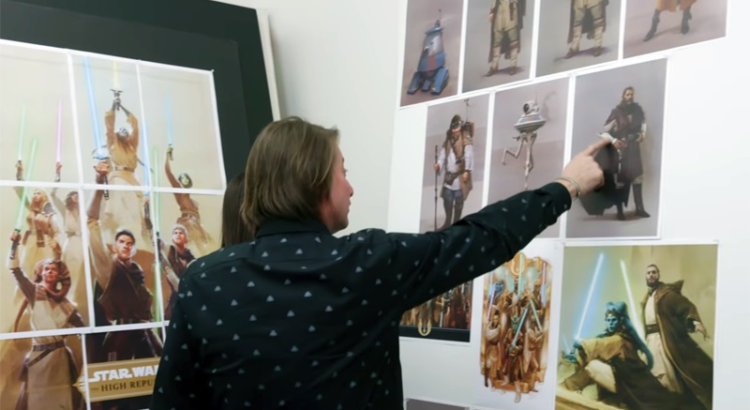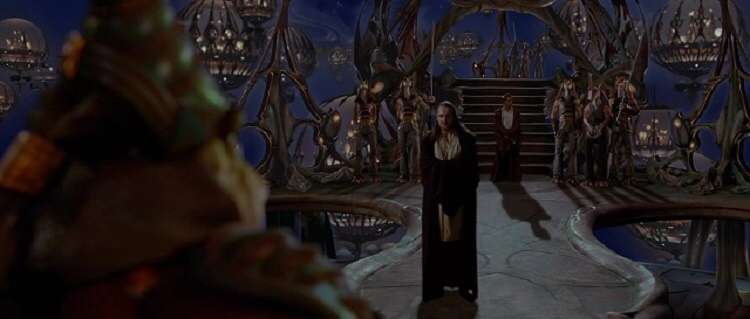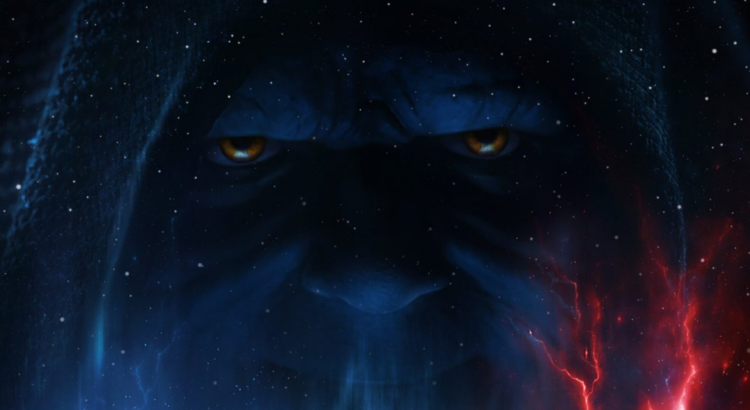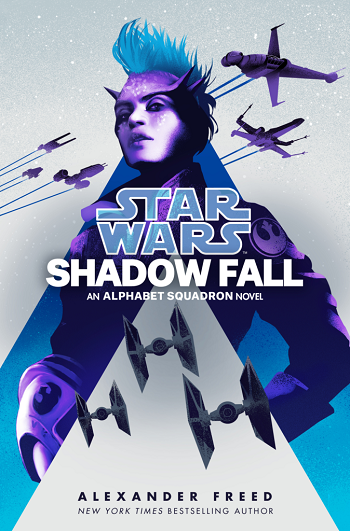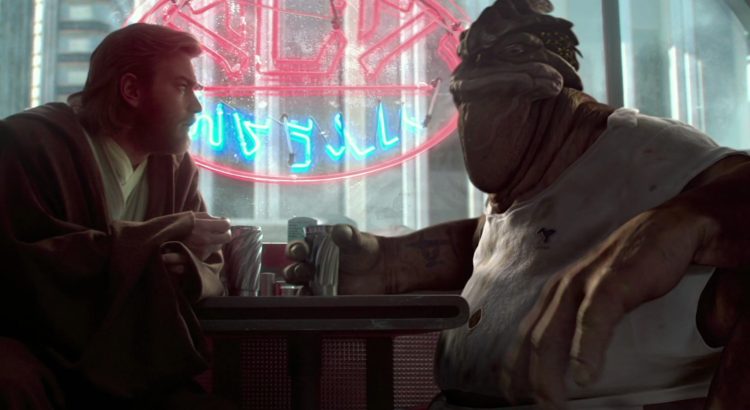Second Look is Eleven-ThirtyEight’s biannual tradition of highlighting some of our most interesting pieces from recent months. Every day this week you’ll find a different older piece back on our front page for another moment in the spotlight. – Mike, EIC
We all love lore. I think we can safely say that, right? No matter what angle of Star Wars tickles our fancies, be it the arrangement of the fleets of the Confederacy of Independent Systems or the hobbies and personalities of Padmé’s handmaidens, we all like uncovering new and unexpected details about the universe. But adding new lore—new continuity—to a shared universe like Star Wars is not a simple task. A well-intentioned author who loves Star Wars lore as much as we do can write what he thinks will be a fun detail: that all Mandalorian generals don green pauldrons in honor of the first mythosaur hunt, for example. Then a couple of years later, a Mandalorian general will appear in a movie or TV show, and the lead designer will have to give them red pauldrons to avoid interfering with the green screen. Was the author wrong in setting that detail in stone? Should the director have respected that choice even if it meant altering the shot?
There’s no easy answer here. The line to walk is tenuous and sometimes blurry. It’s common sense that the creators behind Star Wars should always aim to keep a certain level of consistency and plausibility. At the same time, it’s a bad idea to tie the hands of future authors just because of a self-indulgent need to classify and taxonomize every single item in the universe. Star Wars has walked this edge since its very beginning. It even rebooted a few years ago, partly because of how deep its lore has become. But how have things changed since the reboot? Have things become more accessible? Does accessibility also make things blander? And could a publishing program like the recently-announced The High Republic be the way to both have the cake and eat it?
